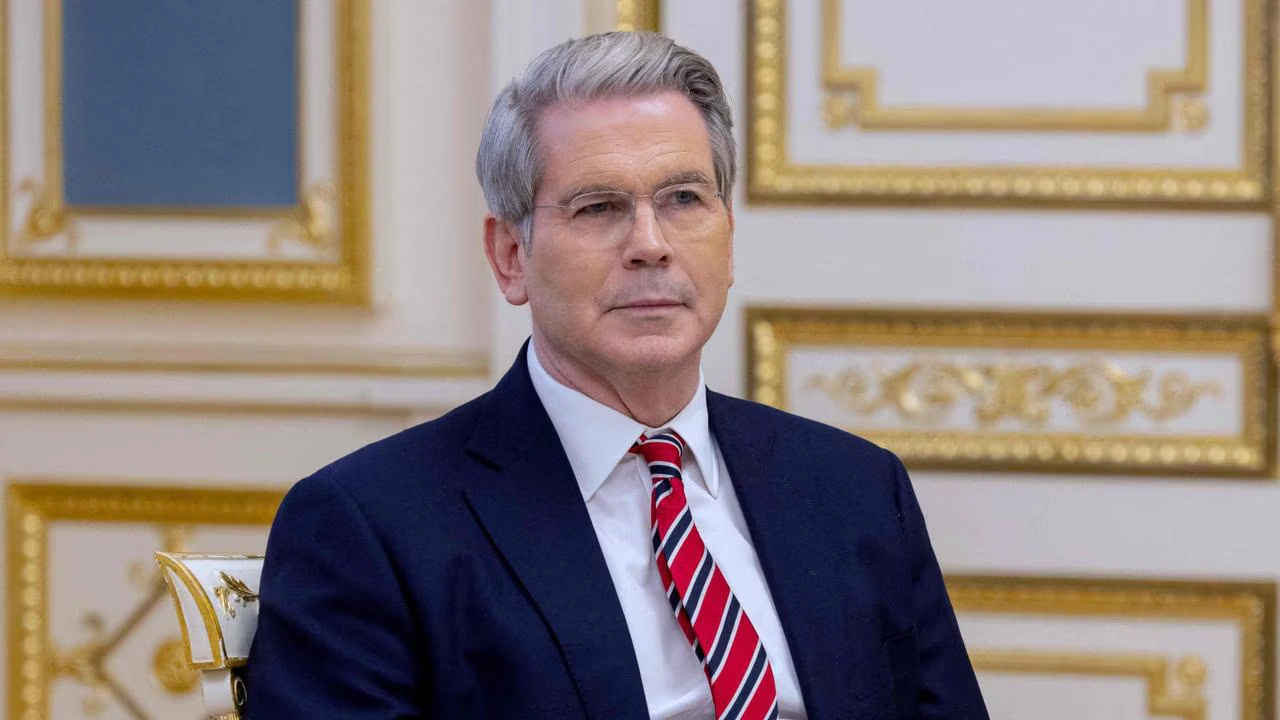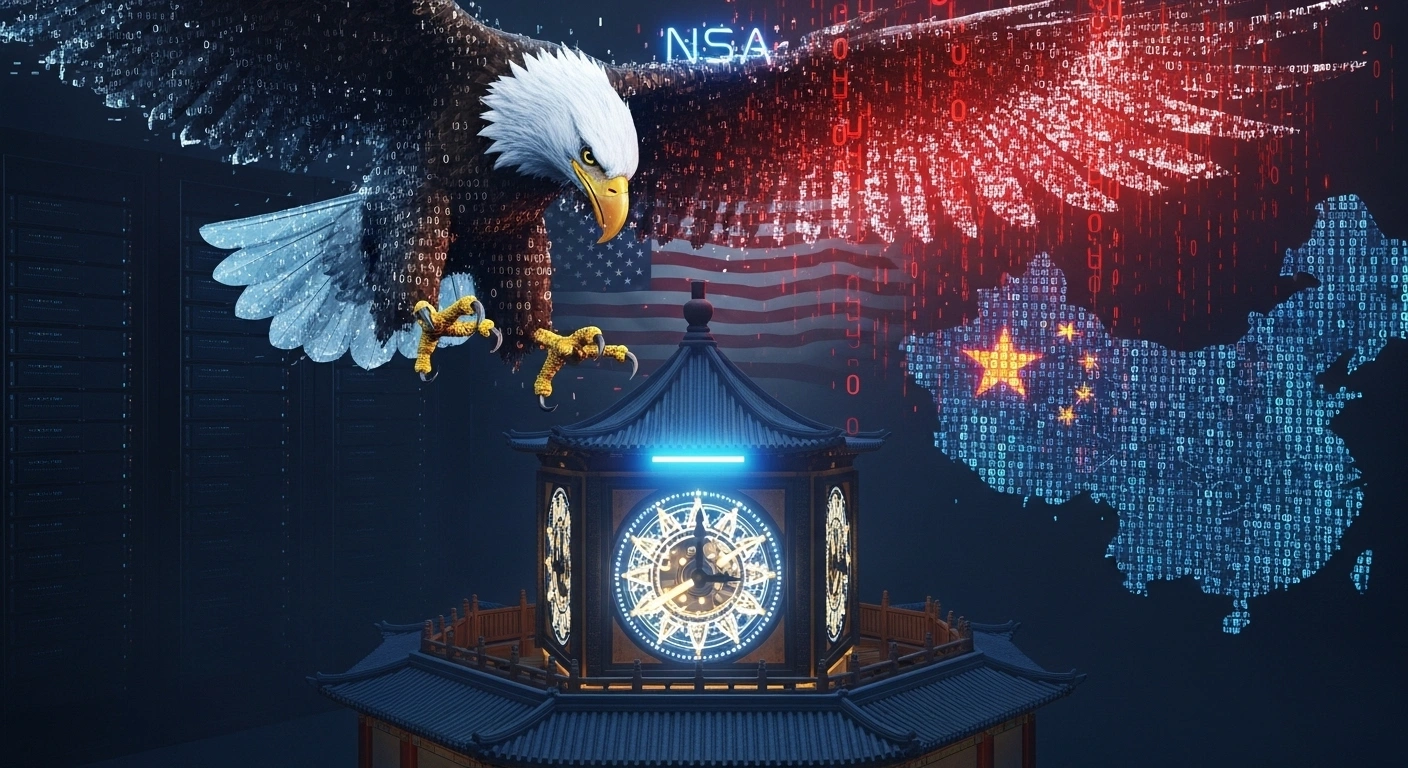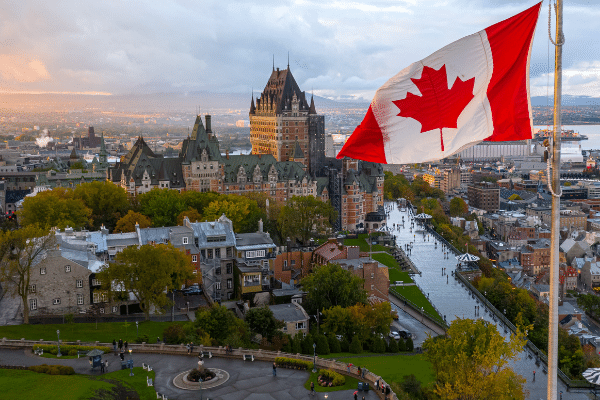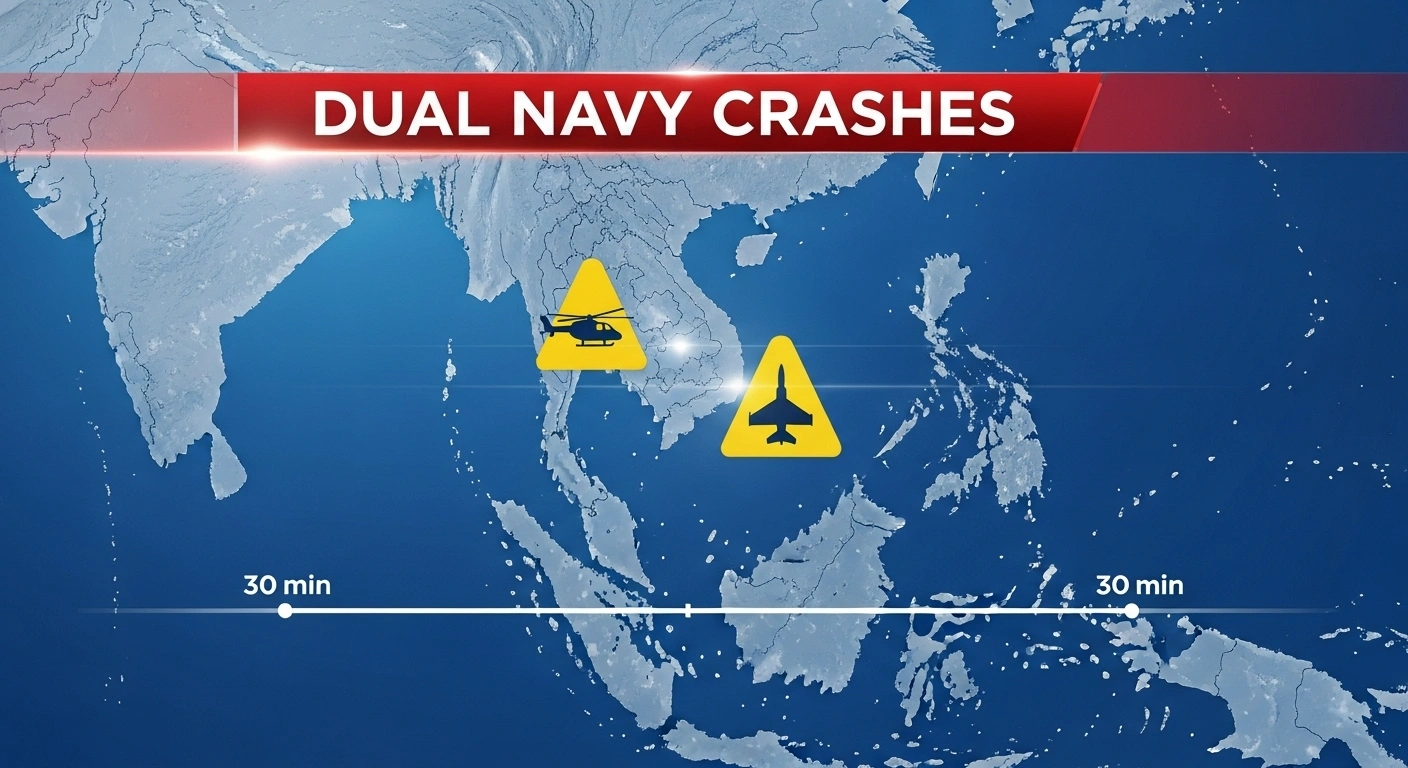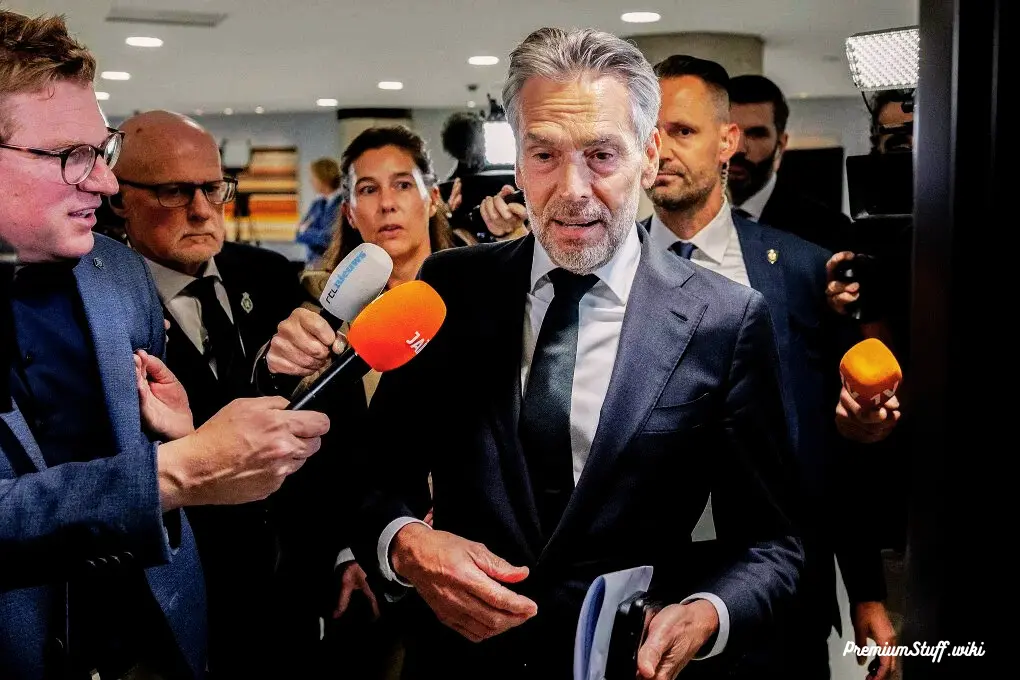Singapore and China Forge New Paths in Green and Digital Trade During Premier Li’s Visit
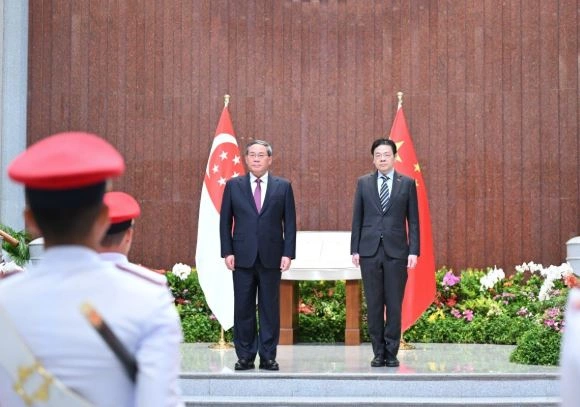
26th October 2025
SINGAPORE – In a significant move that charts the future of bilateral cooperation, Singapore and China have pledged to deepen their partnership in green development and the digital economy, countering global headwinds with a renewed commitment to free trade and multilateralism. The agreement came during an official visit by Chinese Premier Li Qiang, a trip that both leaders say injects new momentum into a relationship already celebrating 35 years of diplomatic ties.
The two nations signed a sweeping set of eight new memoranda of understanding (MOUs) designed to future-proof their economic links. The agreements, witnessed by Premier Li and Singaporean Prime Minister Lawrence Wong, span the creation of a Green and Digital Shipping Corridor, enhanced cooperation on food safety, and joint training programs for other countries in the region .
“The close ties were underpinned by regular high-level exchanges, strong economic linkages and people-to-people ties,” noted a statement from Singapore’s Ministry of Foreign Affairs, underscoring the foundational strength of a partnership now being steered toward tomorrow’s challenges.
A Partnership Deepens : New Agreements for a New Era
The suite of agreements signed on October 25, 2025, moves the Singapore-China relationship beyond traditional trade into cutting-edge sectors. The deals are strategically chosen to align with global economic shifts and shared interests in sustainability and technological innovation.
The most notable MOUs include :
| Agreement Focus | Key Objective |
|---|---|
| Green Development | Enhance cooperation in sustainable development and the green economy. |
| Digital Economy | Deepen collaboration in the rapidly expanding digital sector. |
| Green/Digital Shipping | Establish a pioneering green and digital shipping corridor. |
| Third-Country Training | Jointly train professionals from other developing nations. |
Beyond the MOUs, the leaders discussed the substantial progress on key bilateral initiatives, including third-country cooperation and the green economy, which had been a focus of their previous meeting in June 2025. Premier Li also used the visit to update Prime Minister Wong on the outcomes of the recent Fourth Plenary session of the 20th Communist Party of China Central Committee .
In a demonstration of confidence in China’s trajectory, Prime Minister Wong expressed “Singapore’s confidence in China’s overall long-term trajectory and development prospects” .
More Than Neighbors : The Strategic Context of a 35-Year Partnership
The visit, which included a ceremonial welcome at Singapore’s Parliament House and an official dinner, was as much about reinforcing a longstanding friendship as it was about signing new documents. Singapore and China are marking 35 years of diplomatic relations in 2025, a period characterized by burgeoning trade and investment .
The relationship is anchored by the China-Singapore Free Trade Agreement (CSFTA), signed in 2008, which accelerated the liberalization of trade in goods and services between the two nations . This foundational pact has paved the way for deeper economic integration, making China Singapore’s largest trading partner for years running. The latest agreements build directly upon this framework, addressing 21st-century priorities like data flows and environmental standards that were not central to the original agreement.
The personal diplomacy between leaders also plays a crucial role. The invitation from Prime Minister Wong and the detailed discussions highlight the importance both governments place on face-to-face engagement to manage a complex and multifaceted relationship.
Navigating Regional Dynamics : A Shared Stance on Stability
The talks between the two leaders extended beyond bilateral matters to encompass broader regional and international issues. In a clear signal of their shared foreign policy priorities, both leaders “agreed on the importance of upholding the rules-based system of multilateralism and international order” .
Prime Minister Wong expressed Singapore’s support for China’s Global Development Initiative (GDI) and signaled the city-state’s readiness to collaborate with China and the Group of Friends of the GDI to advance the 2030 Agenda for Sustainable Development .
The issue of Taiwan was also addressed. Prime Minister Wong reiterated Singapore’s consistent “One China” policy and its opposition to Taiwan independence, aligning with a long-standing diplomatic position that recognizes the One China principle.
The Road Ahead: Implementing a Shared Vision
With the new agreements in place, the focus for both governments now shifts to implementation. The Green and Digital Shipping Corridor, in particular, has the potential to set new regional and global standards for maritime trade, a sector vital to both economies. Similarly, cooperation in the digital economy will require aligning standards and facilitating data flows in a way that balances innovation with security.
The commitment to third-country training and collaboration, as outlined in the MOUs, also signals a shared intent to project their partnership beyond their own borders, contributing to development and stability in Southeast Asia and further afield.
The visit underscores a deliberate and strategic effort to ensure the Singapore-China relationship continues to deliver mutual benefits while contributing to regional stability and prosperity. As global economic uncertainties persist, the reinforced partnership between Singapore and China offers a model of how middle powers and major economies can work together to foster open, sustainable, and inclusive growth.
A Forward-Looking Partnership
Premier Li Qiang’s visit to Singapore has solidified a next-generation partnership ready to tackle the demands of a green and digital future. By translating a 35-year foundation of trust into concrete cooperation in emerging fields, Singapore and China are not only strengthening their own bilateral ties but also sending a powerful message in support of free trade and multilateral cooperation. The success of these new initiatives will be watched closely, as they have the potential to shape economic and environmental standards across the region for years to come.

